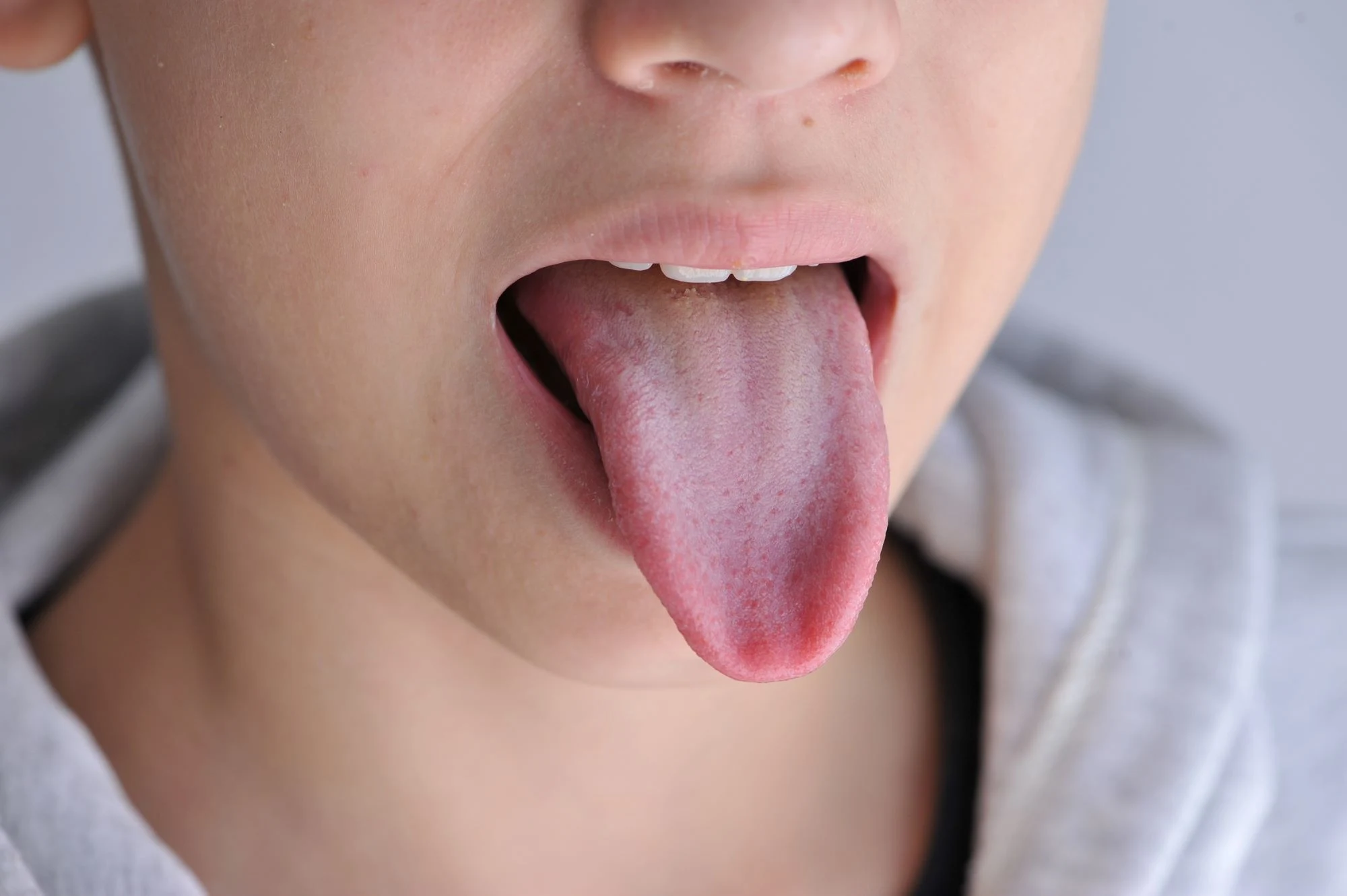
Transient Lingual Papillitis (Lie Bumps): Causes, Symptoms and Treatment

This blog has been reviewed and approved by Dr Robert Lee, a dental professional of 35 years
Table of Contents
Key Takeaways
- Transient lingual papillitis is a common condition that affects the papillae on the tongue.
- There are several types of transient lingual papillitis, each with its own unique set of symptoms.
- Most cases of transient lingual papillitis will not require a trip to the doctor, but seek medical attention if lip bumps are especially painful or last over a week.